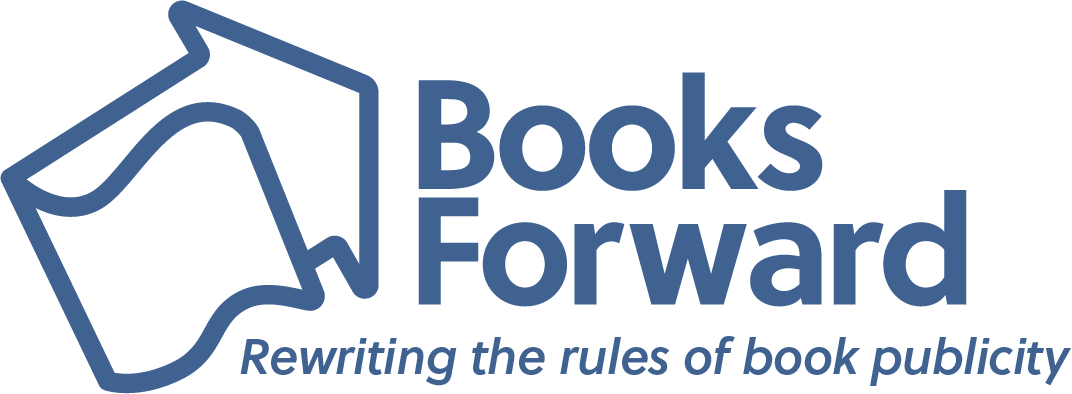*Points to the sign* If I’ve said it once, I’ve said it a million times, book marketing is daunting! And understanding how to effectively position your book within the right genre is a crucial step.
Your book’s genre plays a pivotal role, both in defining your work and in guiding how it’s marketed and received. It can be complex and confusing to balance crafting your story and thinking about how you’ll position it in the market.
We have tips to help you not only reach your target audience but also to help get your book discovered by readers who will truly appreciate it. Here’s a comprehensive look at how to navigate genre, and balancing your artistic vision with industry expectations.
What is genre?
Genre can be, well, complicated. To effectively market your book, you should understand what genre means and how it differs from other literary terms. It’s a way to set reader expectations. For example, labeling a book as a “romance” prepares readers for a love story that ends in a happily ever after.
Keep in mind that genre is different from something like categories, which might denote age groups or certain nonfiction genres like wellness or memoir. Terms like “women’s fiction,” “upmarket fiction,” and “commercial fiction” often serve more as marketing tools than precise genre descriptors. While they help in positioning books within specific market segments, they are not necessarily genres themselves.
Why are genre labels important?
Genre labels, though sometimes seen as restrictive, play a pivotal role in book marketing. They serve as a useful tool for categorization and marketing and help readers find books that align with their preferences.
For instance, if your book involves futuristic technology and warfare, it might be categorized as science fiction. However, if the story is more two star-crossed lovers set against the same backdrop, it could be classified differently.
In his essay for Literary Hub, Lincoln Michel defended genre labels, emphasizing their utility in helping readers set expectations. Michel’s perspective challenges the common reluctance among literary novelists to categorize their work, arguing that genre labels offer valuable guidance for both readers and industry professionals (we agree!).
How to determine your book’s genre
Remember, genre is not a rigid construct but more so a fluid system used to guide readers and marketers.
- Determine Your Story’s Core: Ask yourself what your story is fundamentally about and how it’s told.
- Sensibility Matters: Different genres have different conventions and expectations. Understanding these helps in aligning your story with the right audience (more on this below).
- Read Widely: Look at books similar to yours and see where they’re categorized.
- Research Publishers and Agents: Check where similar books are published and who has endorsed them, as well as how their publishers have categorized them.
- Use Indicators: Book covers, blurbs, and reader reviews can offer help with classification.
What are some genre conventions and stereotypes?
Writers should be familiar with genre conventions and stereotypes because this knowledge enables you to make informed decisions about how to use or subvert these elements in your writing.
There are what seems to be an endless amount of genres and subgenres, including fiction, fantasy, science fiction, romance, historical fiction, nonfiction, memoirs, inspirational, children’s books, self-help, cookbooks *takes a deep breath* you get the point.
Knowing what’s typical within a genre allows you to:
- Decide whether to adhere to or break from norms.
- Explore areas where you can innovate within the genre.
- Understand what has already been done, helping you avoid clichés or find unique angles.
For example, if you’re writing a science-fiction novel, being aware of common tropes — like futuristic technology, space travel, talking robots going “beep boop beep boop” — helps you either embrace these conventions or twist them in new and unique ways.
Navigating subgenres
While it’s important to identify your genre, being overly specific can be counterproductive, especially in traditional publishing. Try to avoid super-specific subgenres. Instead, focus on well-known subgenres and let your plot description highlight the unique aspects of your book. Jane Friedman has more on defining your genre for agents and publishers in this Q&A with a couple of industry experts.
In self-publishing, being niche can sometimes help authors achieve bestseller status within that category. However, for traditional publishing, a balance between specificity and broader appeal is often more effective.
If your book doesn’t fit neatly into a single genre, that’s OK! Identify the key traits of your book, and determine the genre that aligns most closely with the book’s primary elements. To position your book, you can use comparisons to established authors or titles to help agents and publishers understand what genre your book fits in.
Tips for identifying and marketing to your genre
Identify your target audience
Ultimately, you need to understand where your book fits within the broader landscape by determining who most likely will be interested in it. This could be based on demographics such as age or interests.
If your book straddles multiple genres, consider which one would attract the most satisfied readers. For example, if your book blends elements of historical fiction and romance, it might best be marketed as a historical romance with a strong romantic element.
Understand your audience’s preferences
Tailor your marketing efforts to how your target readers discover books — whether through social media, book blogs, or other channels. For instance, younger readers may find new books on BookTok or Bookstagram, while Facebook ads may reach older readers.
Keep your target audience
Once you’ve found your niche, focus on nurturing that audience! Engage with your readers, provide regular new content, and maintain an active presence. Authenticity and a genuine connection with your readers can turn a book from a one-time read into a beloved favorite. Learn more about staying fresh on social media with these tips.
If you’re an established author looking to explore new genres, it’s essential to strike a balance between your creative desires and contractual obligations. Focus on building a base in one genre before venturing into others. Gradually introducing new genres can help maintain a strong reader base while allowing for creative exploration.
Research similar books
Look at how books similar to yours are marketed. Analyze their covers, descriptions, and promotional strategies.
Many authors have to balance writing a unique story while packaging it in a way that appeals to genre expectations. See how other writers craft a compelling narrative that resonates with their readers, while presenting it in a genre-appropriate format.
Design a compelling cover
Ensure your book cover aligns with genre expectations and attracts attention. An effective cover includes a clear title, engaging visuals, and relevant genre cues. We interviewed Eric Labacz on elements that contribute to great cover design.
Use trends as a (loose) guide
Trends are cyclical, and what may seem out of favor can return to popularity. Publish Drive noted some of the most popular genre trends for 2023 in this article.
Focusing too much on genre trends can be risky — writing what you’re passionate about and waiting for the right moment can be a much more effective game plan.
Same thing with book covers: Look around the market for trends in covers but don’t hold yourself too strictly to them! Playing into a trend for cover design is fine as long as you’re not just trying to do that to get your book picked up — it should also be a true reflection of your book and your author brand.
A final note on genre
Understanding and strategically utilizing genre labels can significantly enhance your book’s marketability. But remember: Genre is your tool — not a cage. While understanding and using genre conventions helps in marketing and publishing, your primary focus should be on crafting a compelling and engaging story. Whether you embrace or challenge genre norms, what matters most is creating a narrative that resonates with your readers.

Jennifer Vance is a publicist at Books Forward, an author publicity and book marketing firm committed to promoting voices from a diverse variety of communities. From book reviews and author events, to social media and digital marketing, we help authors find success and connect with readers.
Interested in what’s possible for your book sales and building readership? Check out our services, tell us your goals, and get a customized publicity campaign tailored just for you.


